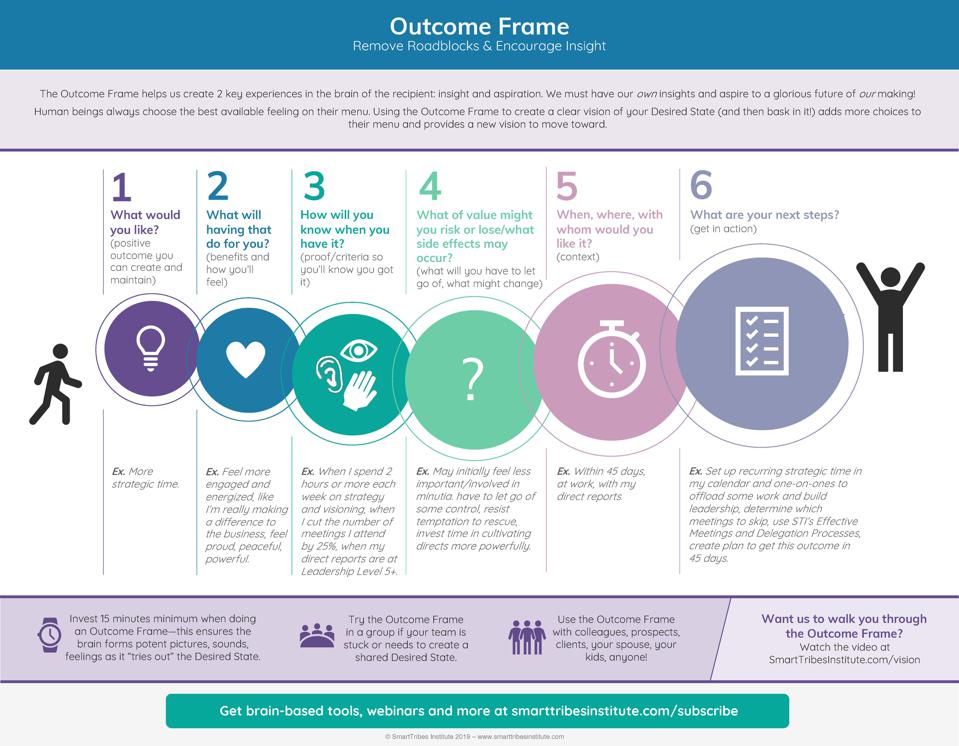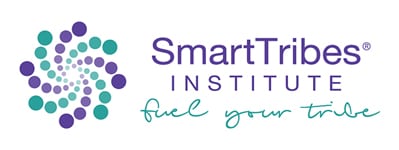
Are You Getting Enough Hugs?
August 27, 2020
Why We Lie, And The Neuroscience Behind It
November 18, 2020
*As originally seen on Forbes.com
It’s that time of the year again… time to create next year’s budget. Budgeting in the best of times is difficult, and now it’s even more tricky with the uncertainty of the pandemic, political unrest, racial injustice, and more. It’s time to take a new approach.

Credit: Getty
So before you dive too deeply into the budget tar pit, here are my key takeaways from discussions with my executive coaching clients:
1. Rethink Budgeting To Focus On Outcomes. Why do we budget? The same reason we do any type of planning—it’s an attempt to control, predict, effectively allocate resources, maximize growth, profits and earnings per share, ensure stability and certainty. Yet in today’s world of relentless and rapid change, we must be nimble, a collective (no more silo-ing departments and then punishing poor performers that usually have performance problems due to failed dependencies/contingencies with other departments!) And have you noticed that things always change? And then, the vast majority of the time, the plan does too. But in today’s new world are we measuring the most impactful outcomes? Here’s what our most financially and culturally effective clients are considering as updated outcomes they want to see in a healthy business:
a. Customer experience and engagement
b. Employee experience and engagement (this include cross-functional, inter-departmental effectiveness and collaboration)
c. Ecosystem experience and engagement (your strategic partners, resellers, other partnerships are here)
d. Sustained profitable growth (we’re ensuring we don’t rest on our laurels here)
e. Sustained profitable operational effectiveness (we’re watching expenses here)
f. Sustained innovation (we’re keeping our competitive edge here)
g. Departmental and organizational Key Performance Indicators (KPIs) to keep everyone focused
… all of which help us to predict the ultimately unpredictable, because people are creating the results anyway. That’s why we measure their outcomes first.
2. Set Strategic Guidelines For Financial Focus. Like Core Values, which help us make behavioral decisions in the heat of battle, Strategic Guidelines help us make effective decisions when the grenades are flying, when the rug has been pulled out from under us, when supply chains have dried up, when currencies have crashed, when competitors have blindsided us, when the calamity of the day has occurred. When we focus on Strategic Guidelines (which you’ll draw from the bulleted list in item #1 above), we will be better equipped to allocate financial resources in line with what we need to achieve as an organization. Then we’ll be more likely to consider cross-functional dependencies and contingencies and create effective (and not siloed) departmental budgets.

Doing an outcome frame for each objective in item #1 above will help you ask the most appropriate questions to uncover what the priorities are, the appropriate allocation, what the business needs versus what is sexy/compelling/a bright shiny object, and more. Here are the outcome frame questions:
· What would we like? (tangible outcome we can create and maintain)
What will having that do for us? (specific benefits and how we’ll feel, how our key constituents will benefit)
· How will we know when we have it? (specific measurable proof)
· What of value might we risk/lose in order to get it? (what is the “cost” of getting the outcome we want? What side effects may occur?)
· When, where, with whom would we like this outcome? (time, context, key players)
· What are our next steps? (key planning steps here)
The Outcome Frame sheds light on what will truly move the needle for our business. It helps my clients see into their pet projects, their assumptions, the costs, and they make much better decisions and avoid caving to unconscious bias too. For example a few years ago I was helping a client with their annual planning. They had a distribution partnership with an enormous Big Box retailer that, although impressive on their web site, was high maintenance and very low profit. It was clear that the business would be better off without this partnership, so after some agonizing they terminated it. This led to my client having the time/energy to secure 2 new partnerships that were far less work and far more profitable. The Outcome Frame exposed this.
All individual investments must be seen as part of a bigger whole. We’re all in this together.
3. Don’t Just Talk Agile, Live It. Since leaders worldwide are embracing the “new normal” of continuous change, we now know that budgets must be flexible. As we track the business carefully, we adjust. This requires humility when things don’t work out as fast as we had planned, or in the way that we had planned. Again, I harken back to cross-functional collaboration and ensuring all departments are aligned to the success of the overall whole, so if we need to shift budgets around, it’s as smooth a process as can be (since we set the expectation of pivoting to serve the business when we need to).
The Net-Net
· Create budgets based on the outcomes you want—they’ll be more likely to be achieved
· Ensure all departments are aligned with the overall strategic guidelines so everyone is “in it together”—it’s “our” overall budget, not coveted by a certain department
· Learn to love change and to zoom out to track how the business is doing at a high level, then zoom in to the details
How’s your budgeting going?




